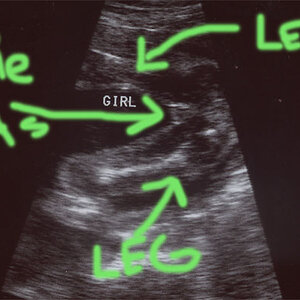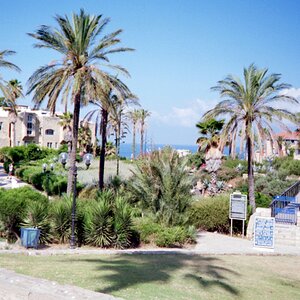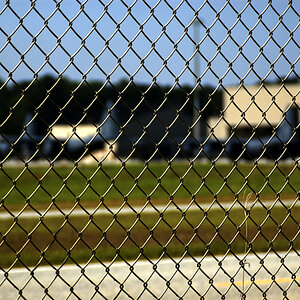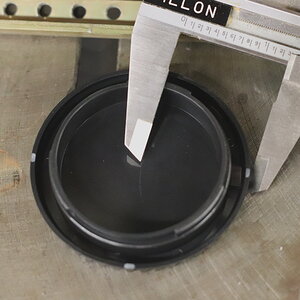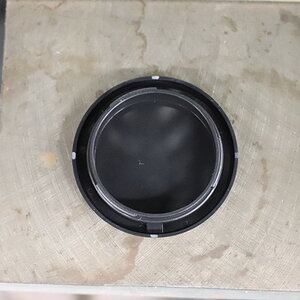z06-jim
TPF Noob!
- Joined
- Jan 6, 2009
- Messages
- 133
- Reaction score
- 0
- Location
- Paducah, KY
- Can others edit my Photos
- Photos OK to edit
High Speed Synch is NOT for stopping fast motion...in fact, it typically blurs fast motions because it is not one,single short-duration flash, but a sequence of very rapidly pulsing mini-bursts, which allow you to use a fast shutter speed to control background brightness or to allow you to use a very wide aperture and a fast shutter speed when doing fill-in flash in bright sun light.
High Speed synch is in fact, a very poor Canon-branded name for what Nikon and others call Focal Plane Synchronization, or FP Sync; multi-burst flash of this type typically is around 80 hertz I think, if memory serves, so the flash firing at close range events like ice cubes dropping into glasses, or hummingbird wings flapping means the exposure is actually made of of multiple flash pops, so the action is blurred. By naming High Speed Synch what they named it, Canon has created an entire group of people who are fooled into using it to try and use it for high-speed events, with disastrous results.
These look good because the shutter speed of 1/250 second is not making hardly ANY of the exposure--these are exposed by single-event flash firing, either with one flash unit or two or more synchronized flash units. To do stop-motion photography, one typically wants to set the shutter speed to the camera's fastest normal synch speed (1/125, 1/160, 1/200, or 1/250, typically,with focal-plane shutters and CMOS sensors) and use "Normal" flash synchronization.
What Canon has named High Speed Synch is actually most useful for outdoor fill-flash shots when shooting weddings or portraiture, using wide-apertures like f/1.8 or f/2 or f/2.8, at very high shutter speeds, with flash being used to fill-in shadows on basically still, posed people.
Thanks for clearing that up about the two different flash modes.......


